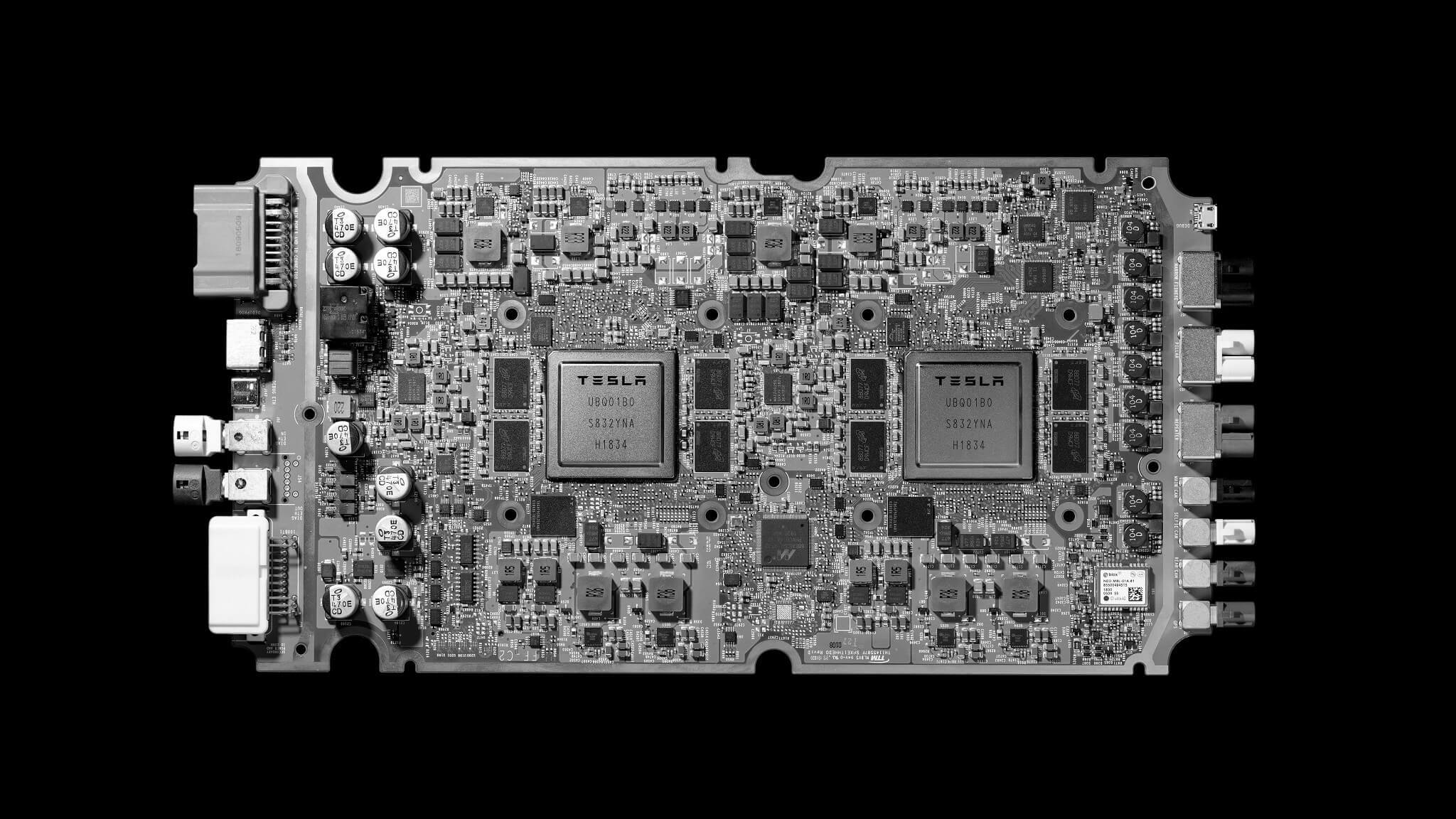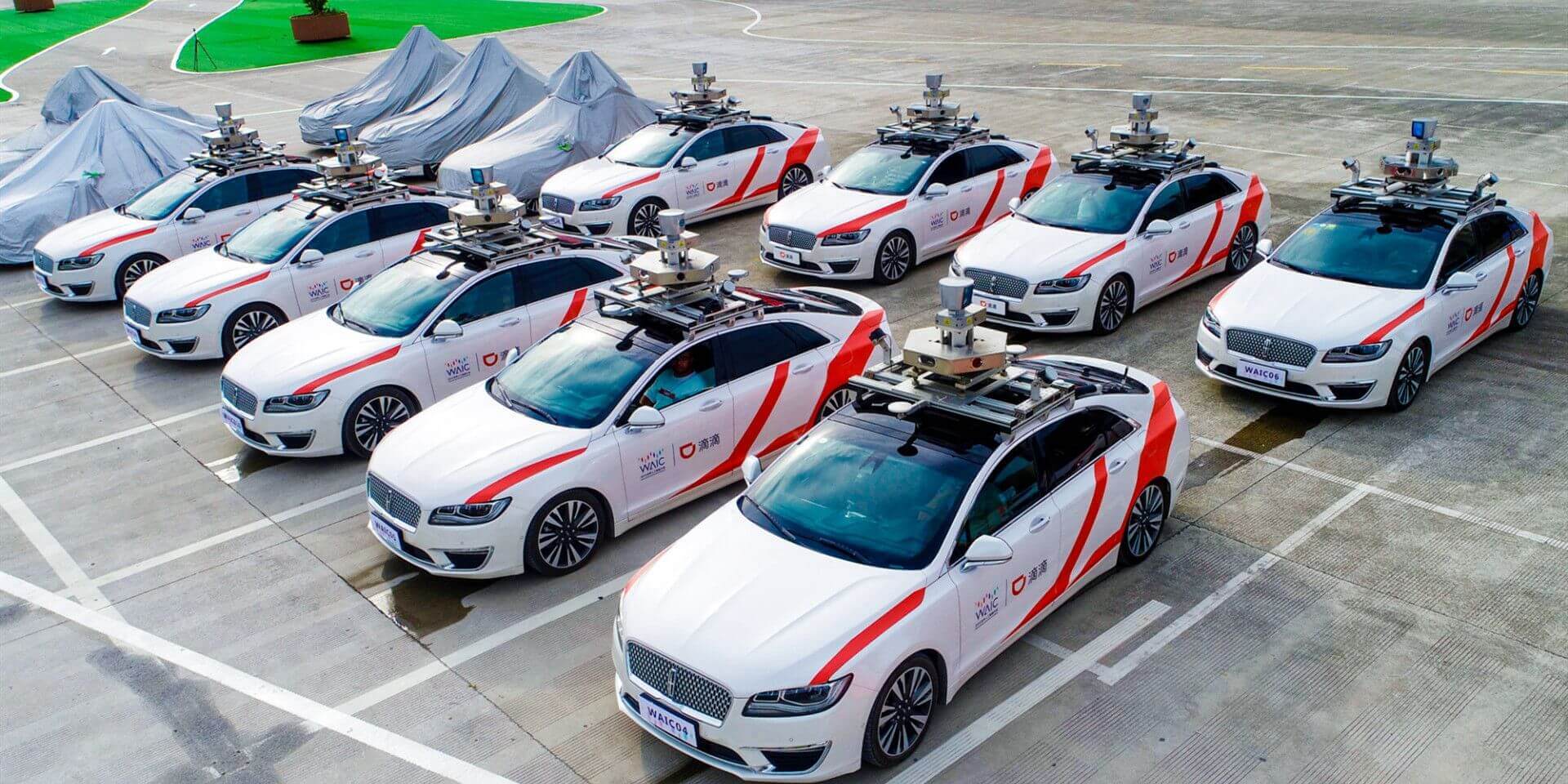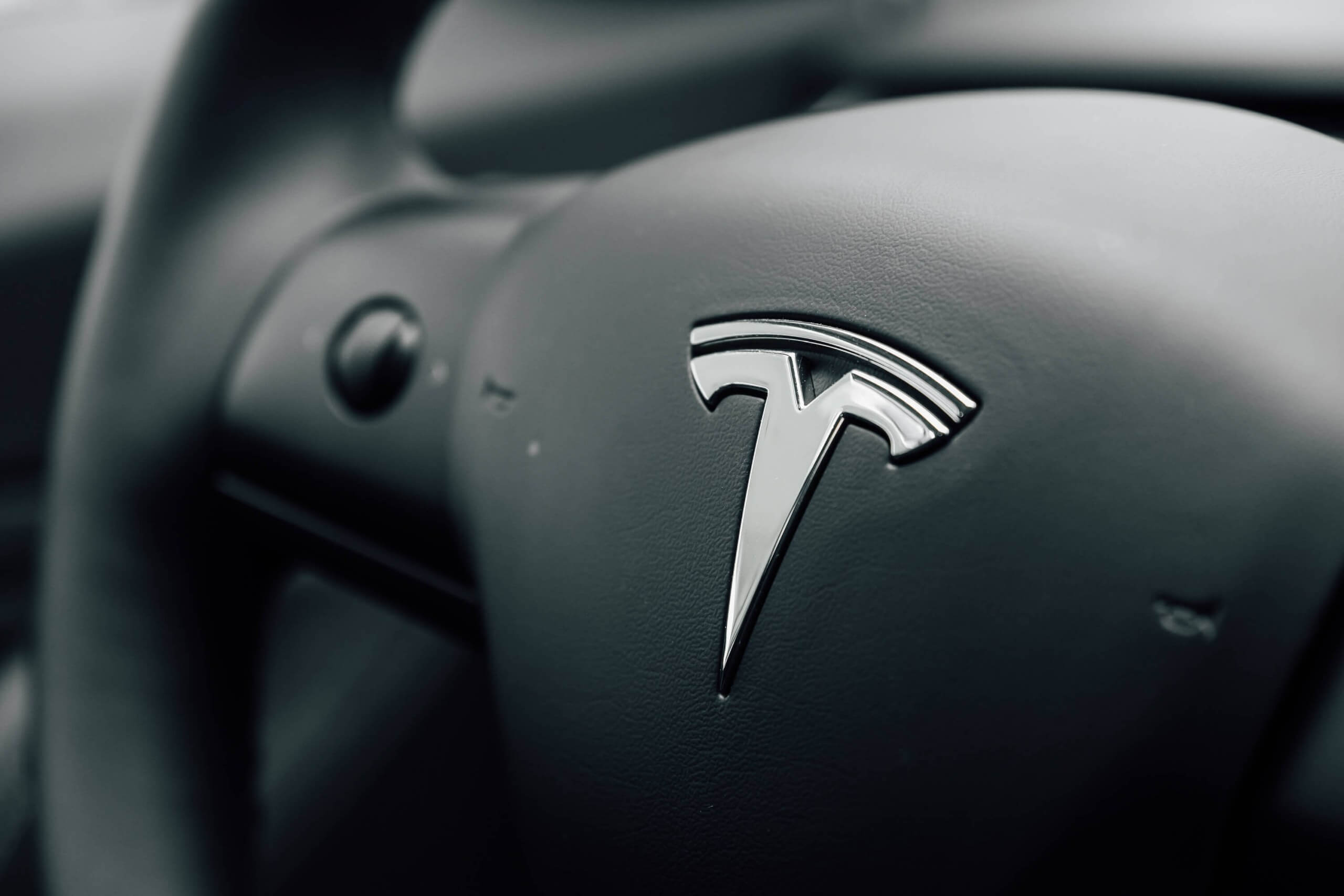Something to look forward to: Autonomous driving is far from making car ownership obsolete, mainly because no company has managed to figure out all the potential issues that the car might have to deal with in the real world. Elon Musk says Tesla is getting "very close" to enabling essential level 5 autonomy features into its cars, possibly by the end of this year.
Tesla's recent market performance surprised many when the company revealed that it had delivered no less than 90,000 vehicles in the second quarter of this year, which is even more impressive when you account for the pandemic-related factory shutdowns. And while the company briefly became the most valuable carmaker thanks to investor enthusiasm, it's easy to overlook Tesla's big plan for the future.
During a Q&A session at the World Artificial Intelligence Conference today, Tesla CEO Elon Musk revealed that the company is making significant progress with Autopilot's self-driving capabilities.
It's not the first time Musk has made such a bold claim. However, this time he's "confident that we will have the basic functionality of level-five autonomy complete this year." The company has evidently figured out the biggest problems that its vehicles face when operating without a human behind the wheel.

However, that would be a massive leap over the capabilities in Tesla's self-driving system, which is more of a level two in terms of autonomy. Such a system is only capable of offering driver assistance in certain circumstances, while the driver must continue to pay full attention to the road environment and perform some of the driving subtasks that the car can't reliably perform by itself.
That said, Musk was careful not to suggest that Tesla cars will be able to take over the driving in all situations when they receive the new system update, which would imply that they're level 5 "feature complete." Instead, he reiterated that there are many small problems left to solve and test against in the real world before such a claim would be valid.
And that brings us to Musk's real intent with Tesla - creating one of the largest fleets of robotaxis around before other carmakers get a chance to do so. If we go by Bloomberg, just the US market alone will be worth $1 trillion by 2040 thanks to more than 27 million cars being available for people to summon as quickly as they would an Uber.
Musk also noted that he thinks all the capabilities needed for level 5 autonomy can be achieved with the current self-driving hardware in Tesla cars through software updates. To that end, the company will have to get as many vehicles on the road as possible, feeding large amounts of information back to several neural networks and training them to improve the Tesla self-driving system's software.

In the meantime, other companies are scrambling to get fleets of robotaxis on the street, albeit with different approaches.
For example, Argo AI---which is backed by Ford and Volkswagen---is exploring ways to make such a business sustainable in the long term. Self-driving vehicles might break down sooner than regular cars, and their continued development is a considerable ongoing expense.
Alphabet subsidiary Waymo has been doing limited trials of its autonomous cars in Phoenix, Arizona, without safety drivers through the Waymo One program. Waymo One has recorded tens of millions of miles of driving distance on public roads. However, you're more likely to see package deliveries through those Chrysler Pacifica minivans before you'll be able to get around in one.
In China, Didi Chuxing is already testing a robotaxi fleet of level four autonomous cars with free rides through its ride-hailing app, with plans to expand outside the country next year.
Image credit: Christopher Lyzcen
